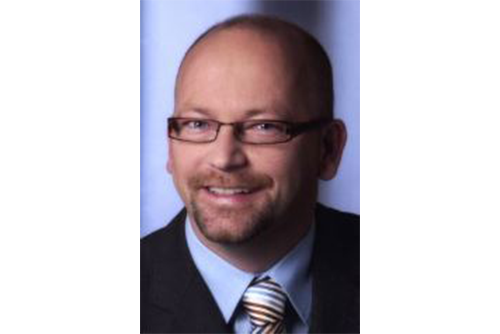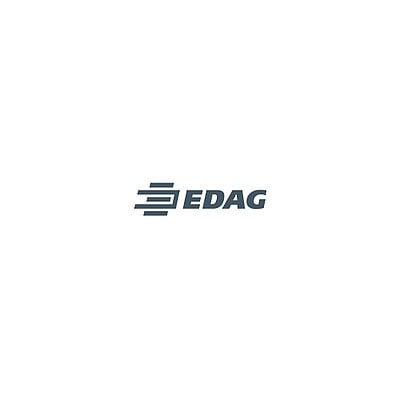The battery in a modern electric car is what the tank is for a car with a combustion engine. Both determine the range of the vehicle, although the range of an electric vehicle still comes nowhere near that of a conventional powertrain. To increase the capacity of the energy storage systems and create greater range, OEMs are therefore constantly working on the further development of electric batteries. This calls for important findings and results which are identified by the experts at EDAG Engineering GmbH in their accredited test laboratories.
Consistent performance around the clock and in all weathers?
Technical products are sometimes subject to extreme loads In the course of their life cycle, and these they have to withstand. To ensure that this is the case, regulations and standards must be adhered to. LV 124 is one of the most important standards for manufacturers of electronic automotive components. It contains tests that correspond exactly to the wear and tear to which these components will be subjected in the course of their life cycle.
The challenge of this type of test is to simulate complex vehicle electrical systems under different environmental conditions, monitor the inputs and outputs of the test objects, simulate field buses such as FlexRay, LIN or CAN, and then carry out the corresponding analysis and evaluation.
All the E/E systems in a modern vehicle must also work under extreme conditions. In our electronic laboratories, therefore, we test all electrical and electronic components, including water-cooled components, e.g. electric motors, batteries, battery junction boxes, on-board chargers, DC/DC converters, all types of control units, fuse boxes, contacts, plugs, switches and cables in mechanical-static operation in special climatic chambers and climatic cabinets.
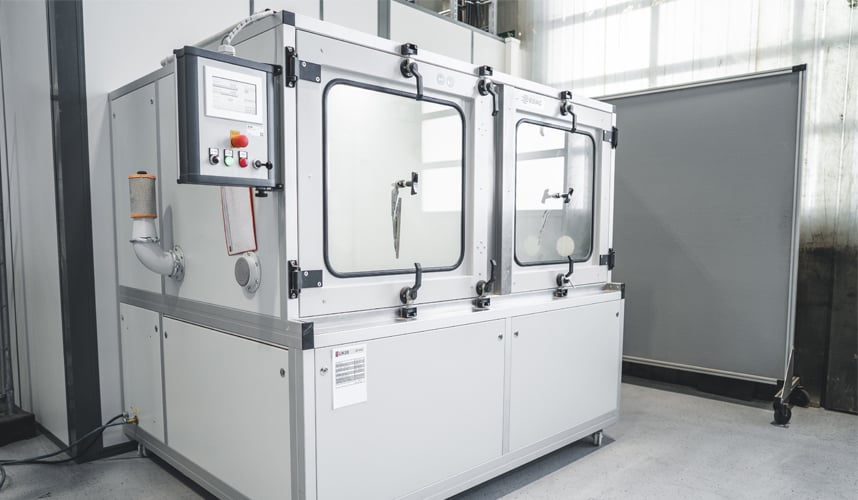
The electrical powertrain components for testing are received directly from an OEM or the system supplier. When a component is being examined, the rest of the vehicle is also simulated, along with its environment. As in later use, a virtual engine drives the vehicle or charges it at a virtual charging station, thus generating real load conditions for the test object. In the process, our test equipment simulates the environment: this could mean heat, cold, splashes of dirty water, dust, bad roads, or even potholes. The entire testing process can take up to a year for a battery, for example. Therefore, all tests are fully automated and run around the clock for 24 hours a day.
A high-voltage (HV) battery, for instance, the life cycle and performance of which is to be tested, is sent to us directly by an OEM or a system supplier. This is done with the motor running - which is simulated in just the same way as the rest of the vehicle and the environmental conditions, such as temperature and humidity, load conditions, i.e. everything that the vehicle will go through in the course of a life cycle. Throughout the entire process, which can take up to a year and runs automatically around the clock 24 hours a day, the battery - or test specimen - is in the climatic chamber. In addition to the climatic influences, we also simulate motorway driving, stoppages, and the charging and discharging the HV battery. All this is simulated on the test equipment. In the same way as with a combustion engine, we run the WLTP cycles (Worldwide Harmonized Light-Duty Vehicles Test Procedure) with the battery of the electric motor - but everything is simulated. In the end we can say exactly what range this motor can achieve with this battery. It is not just the physical dimensions of the batteries that differ, but also their capacities. Depending on whether we are looking at a fully electric vehicle or a plug-in hybrid solution - here the battery is only used for storage or as a buffer - and also on its horsepower or weight, we can calculate the residual energy and the life cycle. The capacity and size of the battery also play a corresponding role.
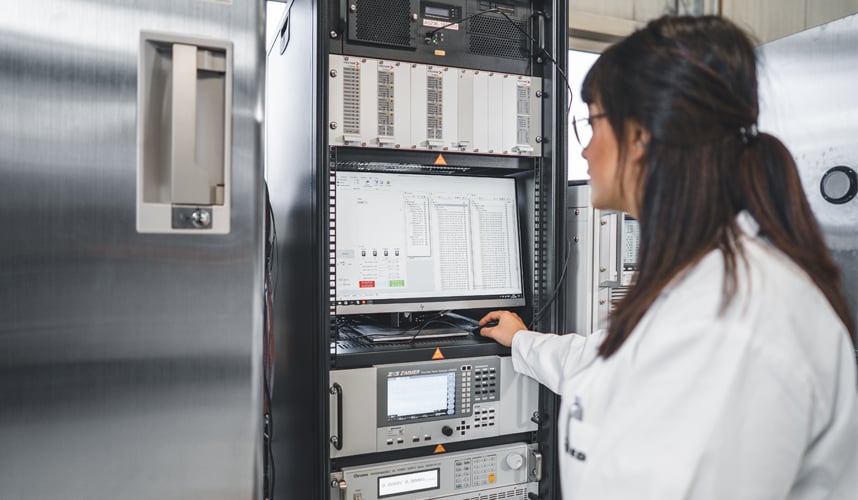
We have the right testing equipment for just about anything
All the electrical tests covered by standard LV 124 can be individually selected and combined into the test sequence of the customer's choice, i.e. it is possible for the test sequence to be completely configured and adapted by the customer. Once again, here are our services at a glance:
- Fields of competence: cables & wires, connectors & contact systems, electrical and electronic components
- Tests in accordance with LV 123 and LV 124: electrical and mechanical tests, climatic tests, chemical tests, service life tests
- Modular test benches (LV, HV) for component testing and performance checks
- Electrical life cycle and environmental testing
- Validation of (HV) components under real-life conditions
Our accredited test laboratories offer universal equipment with, for instance, over 100 different climatic chambers and cabinets for temperature tests and various shakers for vibration and shock tests. We can provide a considerable connected load for the tests. For example, the connected load for the battery test field was recently increased by one megawatt. By comparison, a detached house has a connected load of approx. 25 kilowatts.
Although the Ingolstadt test site has the leading role, we are also transferring our testing and validation concepts for the construction of test stands for electrical components to other sites. We also use specially developed software for this purpose, so that we can be certain that we have standardised processes, structures and methods at all locations for E/E components. Together with the Test Systems department in Recklinghausen, we develop turnkey test systems for ourselves and our customers, incorporating our accumulated know-how from E/E component testing.
"We do, of course, have our focus clearly on the safety aspect in our activities in the test facility," explains Heiko Kremer, Head of the Test Centre in Ingolstadt, in this context. "To this end, we have built up an extensive safety system in accordance with current standards with our qualified employees. Even in the event of a breakdown, we have perfectly coordinated protection systems and emergency concepts to minimise any potential damage. 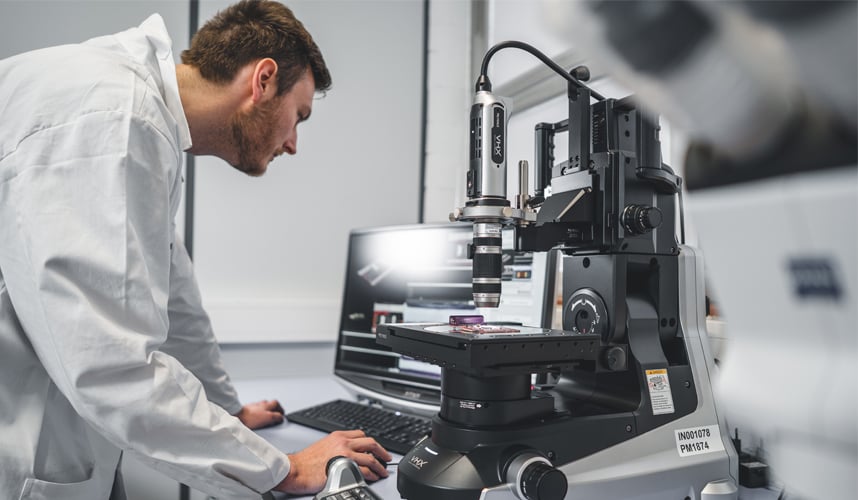
In addition to the possibility of testing E/E components, the EDAG Group also has experts in the development of batteries and components from the electrified powertrain, who can offer advice and support in this area.
We also welcome all complex requests for which different testing disciplines can be combined. On behalf of our experts at the locations in Wolfsburg, Fulda, Böblingen, Munich and Puebla (Mexico) , Heiko Kremer, Head of Testing, Test Ingolstadt, will be happy to answer your questions as your competent contact for test procedures in the HV area.
EDAG has a wide range of test and trial facilities, learn more in the following video.
